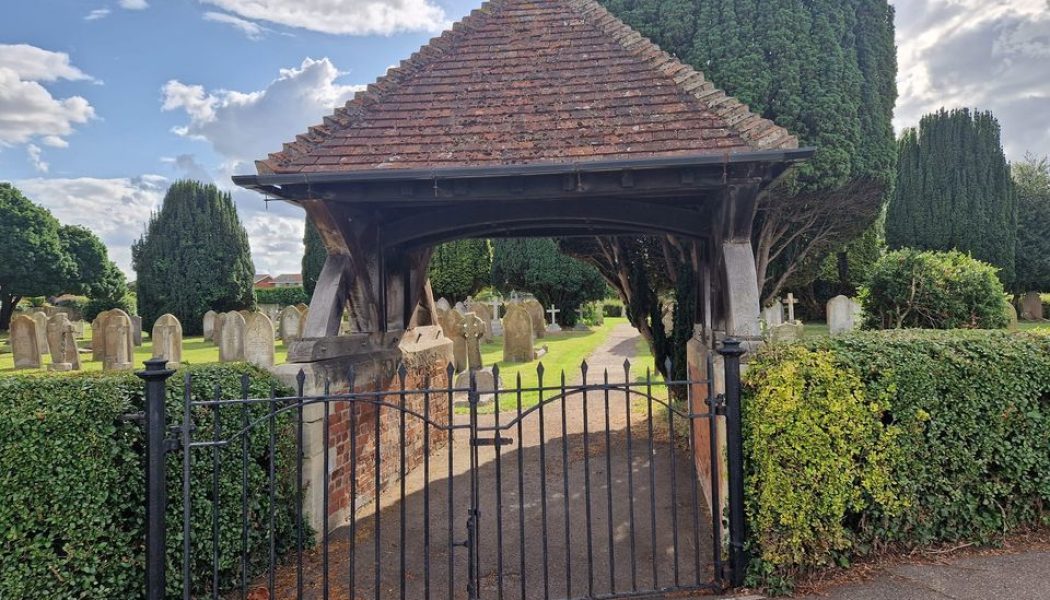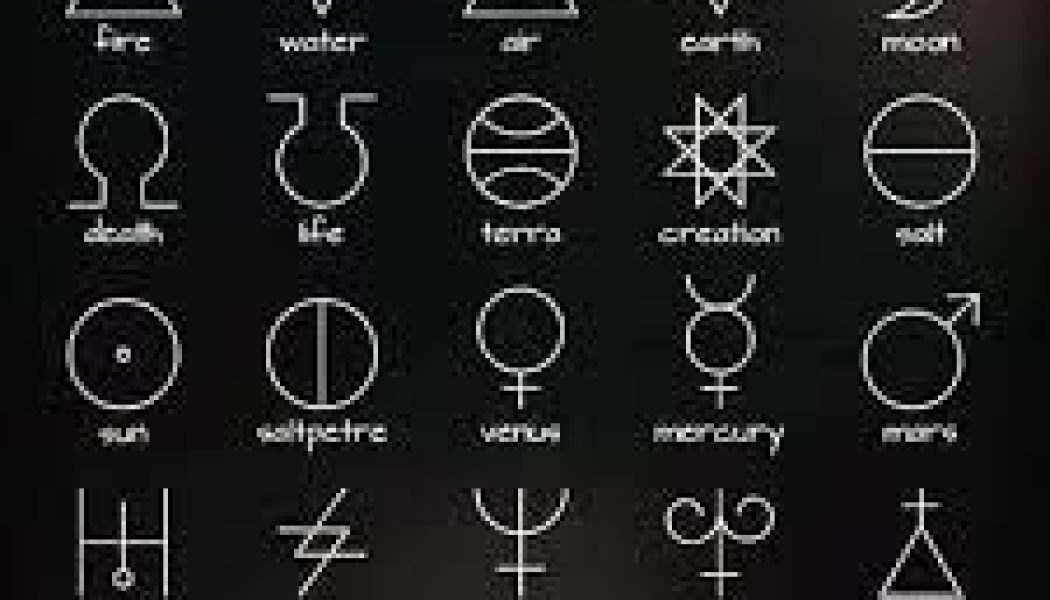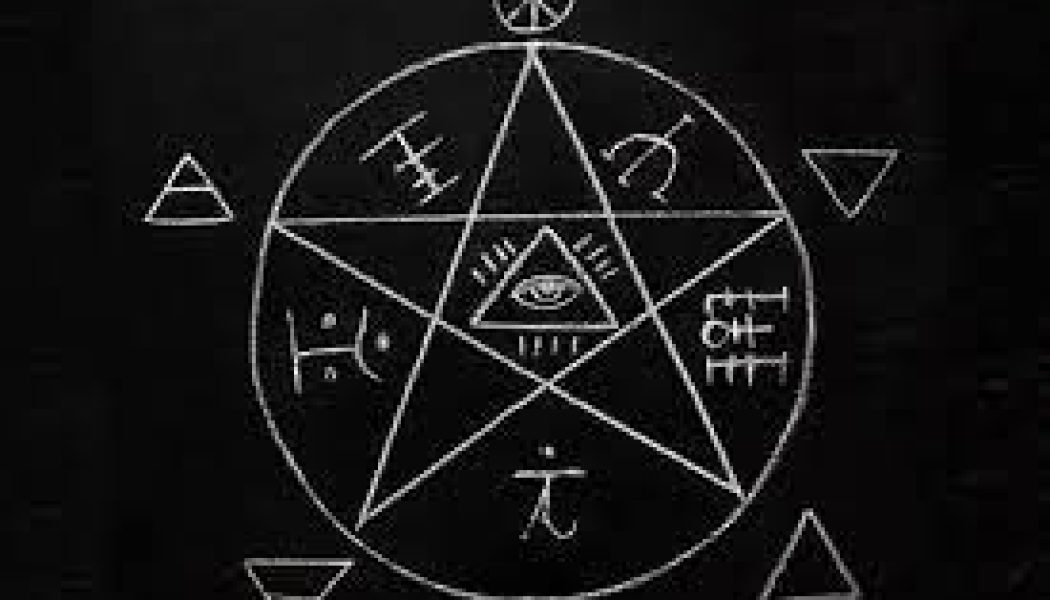Magickal Symbols
The Lychgate
The Lychgate (lichgate, lyke gate or Wych gate), is seen as a liminal space between consecrated + unconcegrated grounds. It’s the last place a body will rest before they pass from this world to ...
Symbols Of Magick
Although you can carry out rituals using absolutely anything, you may like to create a special set of symbols for a variety of rituals. These you can keep in a separate box within your main store of m...
The Pentagram
The Pentagram of the Witches is a five-pointed star formed by five straight lines, and encased in a circle, with one point upwards. The five points of the pentagram represent the five elements. The cr...





